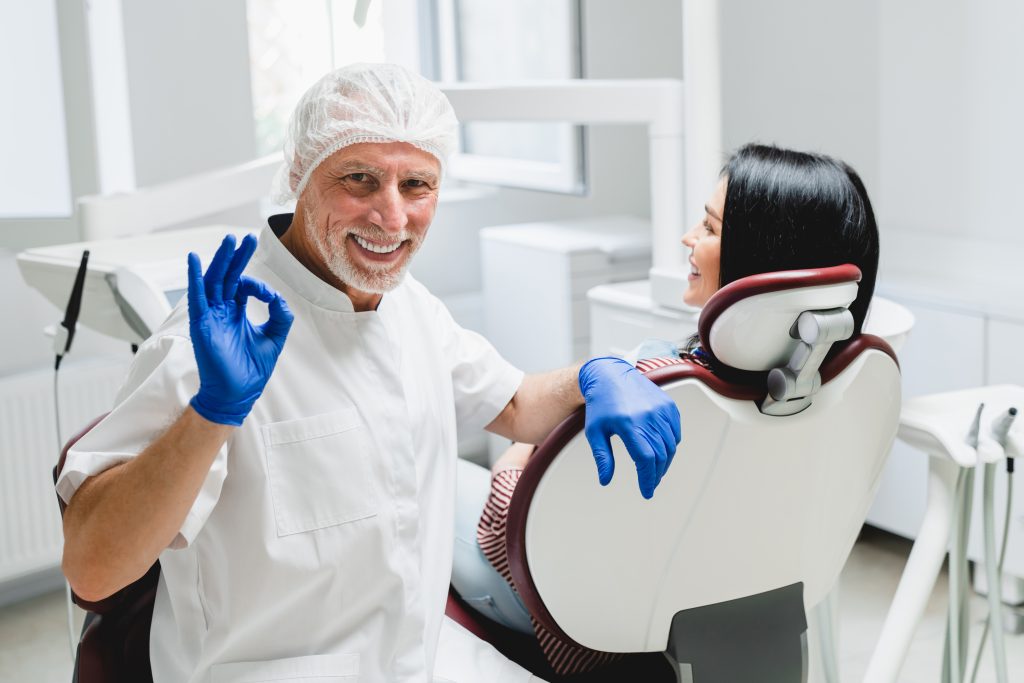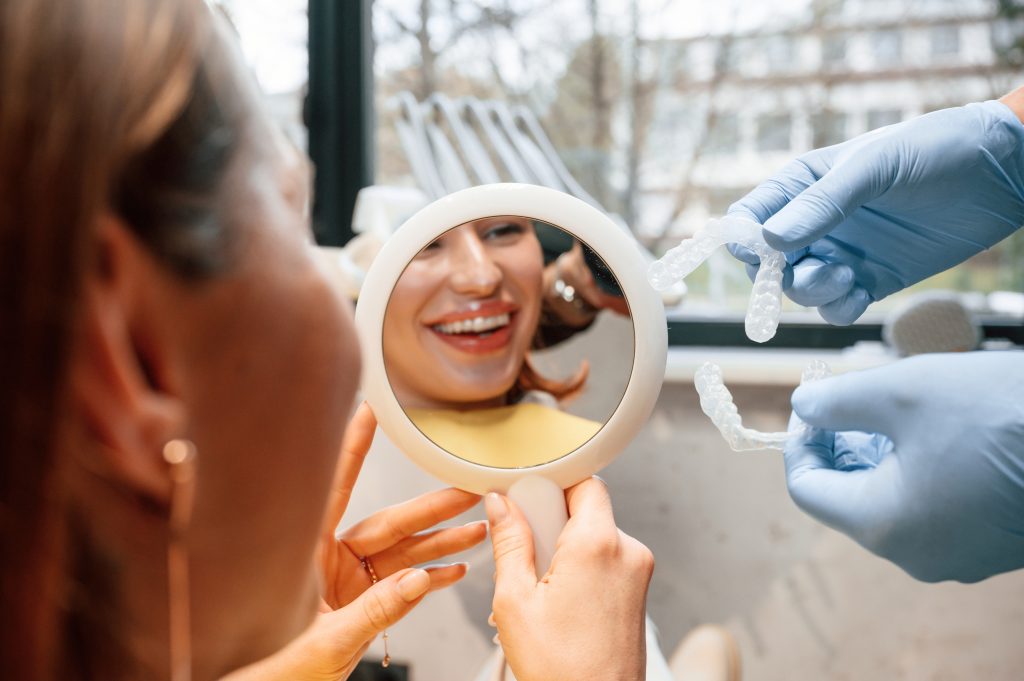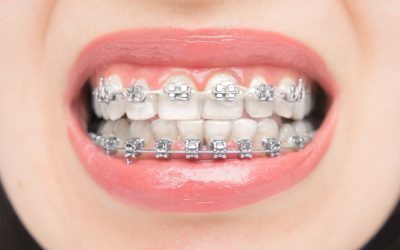December 9, 2025
Dr. Andres de Cardenas
affordable dentist offices near me, Cosmetic Dental Care Services, cosmetic dentist Miami, Daily Health Tips, dental care, Dental Care Tips, Dental Problems, dental solutions, family dental care, family dental health, foods good for teeth, full mouth reconstruction, full mouth reconstruction before and after, full mouth reconstruction process, healthy teeth, how dental implants are done, Oral Care, professional denstists, Secure, Smile Makeover, The Miami Cosmetic Dentist
Family Dental Care Miami | Miami Cosmetic Dentist > Blog > All-on-4 dental implants > Dental Implant FAQs: What to Know About the Recovery Process
Dental Implant FAQs: What to Know About the Recovery Process
June 21, 2024
Dr. Andres de Cardenas
All-on-4 dental implants, cosmetic bonding, Cosmetic Dental Care Services, cosmetic dentist Miami, Cosmetic Dentistry, Daily Health Tips, dental care, Dental Care Tips, Dental Cleaning Appointment, Dental Implant Procedure, dental implant recovery, dental implants, dental solutions, Dentist Appointment, Family Dentist, FL, healthy teeth, Oral Cancer, Oral Care, professional denstists, Smile Makeover, Teeth Alignment, Teeth discoloration, Teeth Whitening, The Miami Cosmetic Dentist

Dental implants have become a popular and effective solution for replacing missing or damaged teeth, offering longevity and functionality that is unmatched by other dental restoration methods. However, as with any surgical procedure, the recovery process is a vital component to the overall success of dental implants.
Before diving into the recovery process, let’s quickly review what a dental implant is. A dental implant is a titanium post that is surgically positioned into the jawbone beneath the gum line, allowing your dentist to mount replacement teeth or a bridge into that area. Titanium is used because of its ability to fuse with bone, a process known as osseointegration, making the implant a permanent part of your jaw.
Read on as we will be exploring some frequently asked questions about the recovery process to help you know what to expect.
 How Long Does The Recovery Process Take?
How Long Does The Recovery Process Take?
The recovery process for dental implants can vary widely depending on the individual, the number of implants, and whether bone grafting was necessary. In general, you can expect the initial healing process to take anywhere from 1 to 2 weeks.
However, the complete integration of the implant with your jawbone can take anywhere from 3 to 6 months. Patience is key during this healing phase to ensure the best possible outcome.
A healthy recovery process usually involves:
- Gradual reduction of swelling within the first few days after surgery.
- Minimal bleeding in the first 24 hours.
- Progressive diminishing of discomfort and pain.
- No excessive redness or discharge from the surgical site.
It’s imperative to follow your dentist’s post-operative care instructions carefully to support a healthy healing process.
What Is The Healing Process Like? — What To Expect During Dental Implant Recovery
The healing process following dental implant surgery involves several stages, each critical to the success of the implant and the overall health of your mouth. Understanding what to expect during dental implant recovery can help patients prepare mentally and physically for this journey. Let’s explore the healing stages, potential discomfort, and essential care practices during the recovery period.
Immediate Post-Surgery (First 24 to 48 hours)
What to Expect:
- Bleeding: Some bleeding is normal and can be managed with gauze.
- Swelling and Bruising: Swelling is most pronounced in the first 48 hours and can be reduced with ice packs.
- Pain: Discomfort is typically managed with prescribed or over-the-counter pain medication.
Care Tips:
- Rest and avoid strenuous activity.
- Keep your head elevated to help reduce swelling.
- Stick to soft foods and avoid hot beverages.
First Week – What to Expect:
- Decreased Swelling and Bruising: Should start to diminish after the third day.
- Improved Comfort: Pain should begin to decrease. If pain worsens, contact your dentist.
- Initial Healing: The gum begins to heal, and stitches (if used) are still in place.
Care Tips:
- Continue with soft foods.
- Begin gentle oral hygiene practices as recommended by your dentist.
- Avoid smoking and alcohol, as they can hinder the healing process.
Two Weeks to One Month — What to Expect:
- Stitch Removal or Dissolution: If non-dissolvable stitches were used, they would likely be removed within this timeframe.
- Further Decrease in Symptoms: Discomfort, swelling, and bruising should largely subside.
- Continuation of Healing: The implant site is still healing, even if outward signs of surgery are gone.
Care Tips:
- Slowly return to a more regular diet as comfort allows.
- Maintain diligent oral hygiene and follow any specific cleaning instructions for the implant site.
- Continue avoiding habits like smoking.
Three to Six Months — What to Expect:
- Osseointegration: The titanium implant begins to bond with the jawbone, a critical step for the stability of the implant.
- Gum Healing: Gums should look healthier and continue to heal around the implant area.
Care Tips:
- Keep up with dental checkups and follow-ups.
- Continue practicing good oral hygiene, including brushing, flossing, and using mouthwash as instructed.
- Be patient, as osseointegration is a gradual process.
Beyond Six Months — What to Expect:
- Completion of Osseointegration: The implant should be fully integrated with the jawbone.
- Permanent Crown Placement: If not already done, the final step is securing the permanent crown onto the implant.
Care Tips:
- Treat the implant as you would your natural teeth with regular brushing, flossing, and dental checkups.
- Report any discomfort or issues immediately to your dentist.
Key Takeaways
The recovery process from dental implant surgery is characterized by a period of healing and adjustment. While the timeline can vary from person to person, knowing what to expect at each stage helps manage discomfort and facilitate a smoother healing process.
Each phase requires specific care and attention, and adherence to your dentist’s instructions is paramount for a successful recovery. Remember, dental implants require the same care and attention as natural teeth, and maintaining good oral hygiene is crucial for the long-term success of your implant.
What is the Immediate Aftercare? — The First 24 Hours
The first 24 hours after dental implant surgery are critical. This period requires vigilant care to ensure a smooth recovery. The area around the implant site will be tender following surgery, and you may experience:
- Swelling of the gums and face
- Bruising of the skin and gums
- Pain at the implant site
- Minor bleeding
Following the surgeon’s instructions meticulously is essential to managing these initial symptoms effectively.
Dr. Andres de Cardenas advocates for a structured approach to this immediate aftercare phase. Begin by gently biting down on gauze to control bleeding and avoid disturbing the surgical site. Swelling can be managed by intermittently applying a cold compress. Dr. de Cardenas suggests avoiding drinking from a straw, as the suction can disrupt the implant placement.
The foundation of good oral hygiene plays a vital role in these initial hours. Rinsing your mouth with warm salt water can help maintain cleanliness without being harsh. Abiding by these guidelines ensures that your implant site heals correctly, laying the groundwork for the following recovery phases.
What Should I Do to Care for My Dental Implant? — From Day 1 to Full Recovery
As you move beyond the first 24 hours post-surgery, the focus shifts to the daily care required for your implant to heal properly. This period marks the beginning of the dental implant’s integration into your bone, a process known as osseointegration. Ensuring that your implant site remains clean is paramount. We recommend rinsing with warm salt water after meals and maintaining a rigorous yet gentle oral hygiene routine.
The next few weeks are crucial. Avoid hard or chewy foods that could irritate the implant site, and stick to a soft diet that includes foods that are easy to chew and swallow without causing pain. Managing these dietary guidelines is crucial for preventing complications and promoting optimal healing. Pain medication prescribed by your dentist, can alleviate discomfort and help you navigate this recovery phase more comfortably.
Here are the essential tips in summary:
- Follow Post-Operative Instructions: Your dentist will provide specific instructions tailored to your case. Follow them meticulously.
- Maintain Oral Hygiene: Keep your mouth clean to prevent infection. Gently rinse with a saline solution or an antiseptic mouthwash as recommended.
- Dietary Restrictions: Stick to soft foods and avoid hot, spicy, and hard foods. Gradually reintroduce more solid foods as healing progresses.
- Avoid Smoking and Alcohol: These can interfere with healing and increase the risk of implant failure.
- Rest and Avoid Strenuous Activities: Rest allows your body to heal. Avoid heavy lifting and strenuous exercise for at least a few days post-surgery.
By attentively following these steps, you pave the way for successful long-term dental implant healing. This phase requires patience and meticulous care, but the result (a fully integrated dental implant that feels and functions like a natural tooth) is worth the effort.
How Do I Maintain Oral Care During Dental Implant Recovery?
Maintaining excellent oral hygiene is crucial for a successful dental implant recovery. Daily diligence can prevent infection and ensure the implant integrates seamlessly with your natural bone. Dr. Andres de Cardenas emphasizes the importance of a consistent oral hygiene routine:
- Brush Gently: Brush your teeth twice daily using a soft-bristled toothbrush to avoid irritating the implant site and surrounding gums.
- Floss Carefully: Incorporate flossing into your routine cautiously to ensure it does not disturb the implant.
- Use Antiseptic Mouthwash: This can help reduce bacteria around the implant site.
- Avoid Smoking: Smoking can be detrimental to the healing process and increase the risk of implant failure.
Dr. de Cardenas recommends these practices and offers advanced technology and personalized care to cater specifically to your needs. His tailored advice and monitoring ensure the best outcomes. Adhering to these essential oral care practices safeguards your investment and enhances your overall oral health.
 How Can I Ensure My Dental Implant Heals Correctly?
How Can I Ensure My Dental Implant Heals Correctly?
Long-term care is crucial for the success and longevity of your dental implant. Schedule regular dental check-ups with Dr. Andres de Cardenas to monitor the implant site and overall oral health. These visits allow for early detection and prompt resolution of any issues, ensuring correct integration.
Stick to a soft diet during the initial healing phase. Gradually reintroduce firmer foods as healing progresses. These can stress the implant and surrounding gums, potentially causing complications.
Adhering to these practices promotes steady healing and prevents complications. Prioritizing oral health and following Dr. de Cardenas’ professional advice sets the stage for a durable, functional implant and a lifetime of confident smiles.
How Do I Manage Common Issues and Complications?
Recognizing and managing potential complications early is vital for a successful dental implant recovery. Monitor for persistent swelling, unusual pain, or signs of infection.
Contact your dentist immediately if you notice increased discomfort or swelling beyond the expected recovery period. Ignoring these symptoms can lead to implant failure. With extensive experience and advanced techniques, Dr. Andres de Cardenas helps patients navigate these challenges effectively.
Schedule prompt check-ups to address any concerns and make necessary adjustments.
Adopting a proactive approach to dental care and adhering to the prescribed routine ensures swift management of complications, providing peace of mind during recovery.
What Do I Expect After Receiving Dental Implants?
Understanding the post-surgery process for dental implants can alleviate concerns and set realistic expectations. Here’s what to expect:
- Healing Phases: Initially, you’ll experience soft tissue healing, followed by osseointegration, where the implant fuses with your jawbone. This process typically spans 4-6 months but can vary based on individual health and care adherence.
- Diet Transition: Gradually transition from a soft diet to firmer foods, being mindful of any discomfort that might signal an issue.
Dr. Andres de Cardenas prioritizes patient relationships, ensuring each individual receives detailed post-surgery care instructions. Regular check-ups with Dr. de Cardenas are crucial, allowing him to monitor your progress and make necessary adjustments.
Patience and consistent care during this period paved the way for a fully integrated dental implant.
Conclusion: Ensuring a Successful Dental Implant Surgery Recovery
Achieving a successful dental implant recovery requires understanding and dedication. By now, you should have a comprehensive grasp of the healing process, from the crucial first 24 hours to the months-long osseointegration journey. Dr. Andres de Cardenas’s personalized care and advanced techniques ensure that each patient receives the highest standard of dental care during this period.
Dental implants are a fantastic option for those looking to restore their smile, but understanding the recovery process is essential for a successful outcome. Patience, good oral hygiene, and closely following your dentist’s advice are key to ensuring a smooth recovery.
Remember, each person’s recovery experience is unique, so it’s important to maintain open communication with your dental team throughout the process. With the right care and attention, your dental implant can provide a beautiful, functional smile for many years to come.
Stay informed and vigilant, and soon, you’ll enjoy the benefits of a fully integrated, functional, and natural-feeling dental implant.
Get the Smile you Deserve!
Seek out the best cosmetic dentist, Dr. Andres de Cardenas, and call us today!
Call Dr. Andres de Cardenas today at 305-251-3334!
Cosmetic dentistry offers many options for people who are unhappy with the appearance of their smile. If you’re one of these people, we encourage you to seek out the veneers, cosmetic dentistry in Miami.
Choosing a Dentist Cosmetic Dental Care Services Cosmetic Dentist Deep Teeth Cleaning Dental Care dental filling Dental Health dental implant recovery Dental Services dental solutions funtionality health of your teeth Oral Care Permanent Dental Filling Professional Teeth Whitening Protecting Teeth safety first tailored care vesatility
Get In Touch With Us
Recent Posts
- Full Mouth Reconstruction: Before And After Results You Should See
- Full Mouth Reconstruction: How It Can Transform Your Smile And Oral Health
- Achieve A Bright Smile: How White Braces Are Changing The Game
- From Subtle Enhancements To Dramatic Results: Exploring Today’s Top Cosmetic Dental Treatments
- The Confidence Boost you didn’t Know you Needed: How Cosmetic Dentistry Changes Everything
Related articles
September 19, 2025
Dr. Andres de Cardenas
affordable dentist offices near me, Cosmetic Dental Care Services, cosmetic dentist bonding, cosmetic dentist Miami, Daily Health Tips, dental care, Dental Care Tips, Dental Problems, dental solutions, family dental care, family dental health, first teething appearance, foods good for teeth, full mouth reconstruction, full mouth reconstruction process, healthy teeth, how dental implants are done, Oral Care, professional denstists, Secure, Smile Makeover, The Miami Cosmetic Dentist
Full Mouth Reconstruction: How It Can Transform Your Smile And Oral Health
September 5, 2025
Dr. Andres de Cardenas
affordable dentist offices near me, Braces, braces white, Cosmetic Dental Care Services, cosmetic dentist bonding, cosmetic dentist Miami, Daily Health Tips, dental care, Dental Care Tips, Dental Problems, dental solutions, family dental care, family dental health, first teething appearance, foods good for teeth, healthy teeth, how dental implants are done, Oral Care, professional denstists, Secure, Smile Makeover, The Miami Cosmetic Dentist


